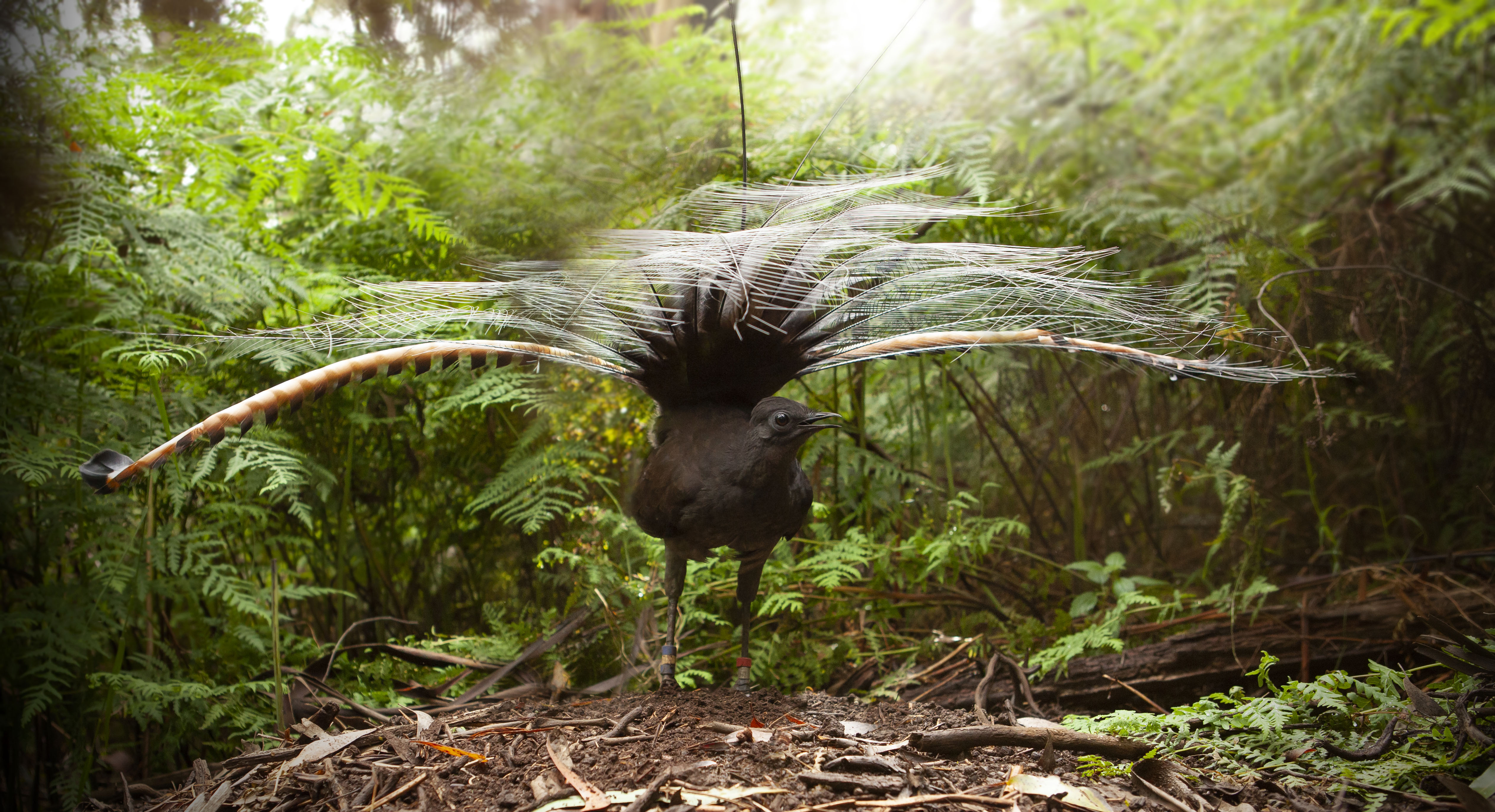Media release
From: La Trobe UniversityResearchers from La Trobe University have discovered the superb lyrebird – famous for its extraordinary vocal range and ability to mimic almost any sound – can move more soil than any other land animal globally.
Lead researcher and PhD candidate Alex Maisey found wild superb lyrebirds displace on average 155 tonnes of soil and leaf litter per hectare in a single year while foraging for food, making an important contribution to forest ecology.
Mr Maisey tracked the activity of wild superb lyrebirds over two years in the Central Highlands of Victoria, across three locations – Sherbrooke Forest, Yarra Ranges National Park and Britannia Creek catchment.
“In just one year, we calculated that each lyrebird in Sherbrooke Forest moved a load equivalent to that carried by 11 standard dump trucks,” Mr Maisey said.
Mr Maisey said their extensive raking and displacement of litter and soil occurred year-round.
“The superb lyrebird truly is Australia’s most hard-working ecosystem engineer,” Mr Maisey said.
“While seeking invertebrate prey, they use their sharp claws to expose bare earth, and mix and bury litter.
“Just like the well-known beaver in North America, that uses logs and mud to dam a stream and create a deep pond, this Australian songbird is changing the environment in ways that can benefit other organisms.”
The scientists discovered that by moving large amounts of material, lyrebirds change litter decomposition and the structure of soil on the forest floor, creating opportunities for other species, with important implications for groundcover plants, fire behaviour and post-fire ecosystem recovery.
“We believe wildfire is the only comparable natural disturbance process shaping ecosystem structure at this scale,” Mr Maisey said.
BirdLife Australia estimates that about 40 per cent of the lyrebird’s habitat was destroyed in the 2019-20 Australian megafires, throwing the conservation status of the species into question.
“In the face of climate change and the growing risk of severe bushfires, understanding the role that species such as the superb lyrebird play in ecosystems is more important than ever,” Mr Maisey said.
“As champions of biodiversity, conservation of this species should be a key priority in the management of wet forests in south-eastern Australia.
“Without lyrebirds, Australia’s forests would be vastly different places, with impacts extending well beyond the absence of their glorious song or their mimicked sounds of camera clicks.”
The study has been published in Ecological Applications.





